Words: Tom Southam
Photography: Chris Auld and Rapha
When we initially floated the idea of the alternative race program amongst our EF Pro Cycling riders, in late 2018, there was very little interest. Most road pros are so laser focused on their goals, and have worked towards targets for so many years, that any other sort of event was seen in the same light as doing a meet and greet or a sponsor ride: part of the job but not top of the list of ambitions for the season.
In their eyes, gravel racing may have existed but it was not much more interesting than doing a beach race in Holland, in December. They were niche events and taking part in them would only detract from their ambitions as serious cyclists.
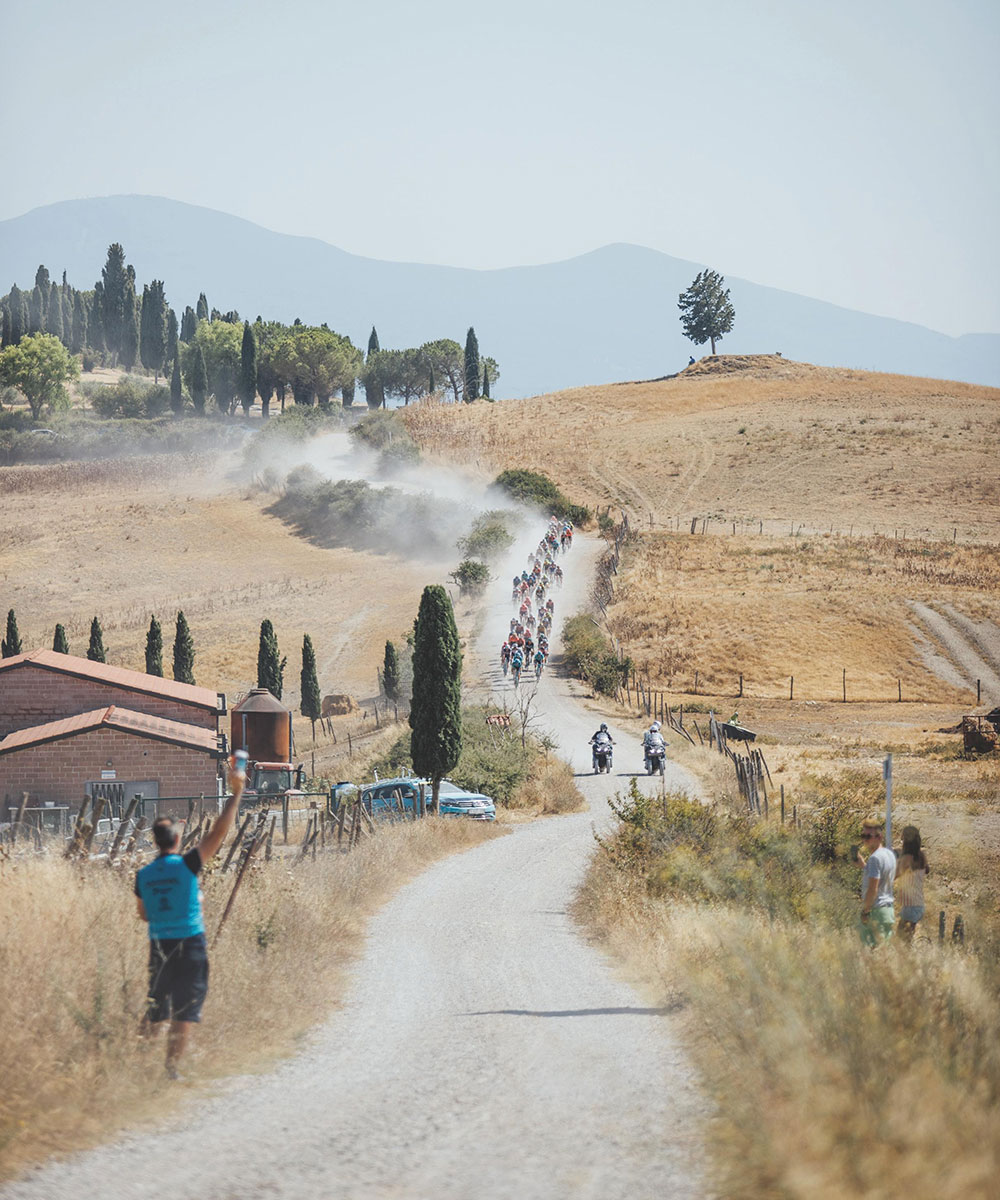
Fast forward twelve months and, after Lachlan Morton, Taylor Phinney and Alex Howes enjoyed a year of mixed programs in 2019 and opened up the eyes of many of the European riders to the scale and scope of the top U.S. gravel events – such as Unbound Gravel and the Belgian Waffle ride – the riders’ attitudes have completely changed. Ink wouldn’t be drying on contracts before riders started to ask about being able to perhaps ‘do some of the gravel stuff’ as well.
As we are all too well aware, Covid put paid to both events and travel that following season but, in that time, gravel racing has taken root as a goal amongst even the most staunchly traditional riders.
Alex Howes, who is currently in his tenth season in the World Tour, was one of the early adopters of racing gravel alongside his road calendar in Europe, in our team, and he believes that it has breathed a new lease of life into his career.
“I think, honestly, one of the greatest appeals for me personally is that a lot of it is in America and I am an American, but there is also the adventure appeal, no cars, and then the community feel around the whole thing. I think gravel has done a really good job of being more inclusive and having more of a festival attitude instead of being a cold, hard, old school, competitive road racing style.”
While some, such as Howes and Peter Stetina (who then raced for Trek–Segafredo), have been fortunate enough to be in teams which allow the freedom to do these events, that isn’t the case everywhere. But, gravel racing’s easy hands-on marketability means that riders who have had enough of the rigours of the World Tour, and the strict structure of professional teams, are switching to the privateer lifestyle as full time gravel pros.
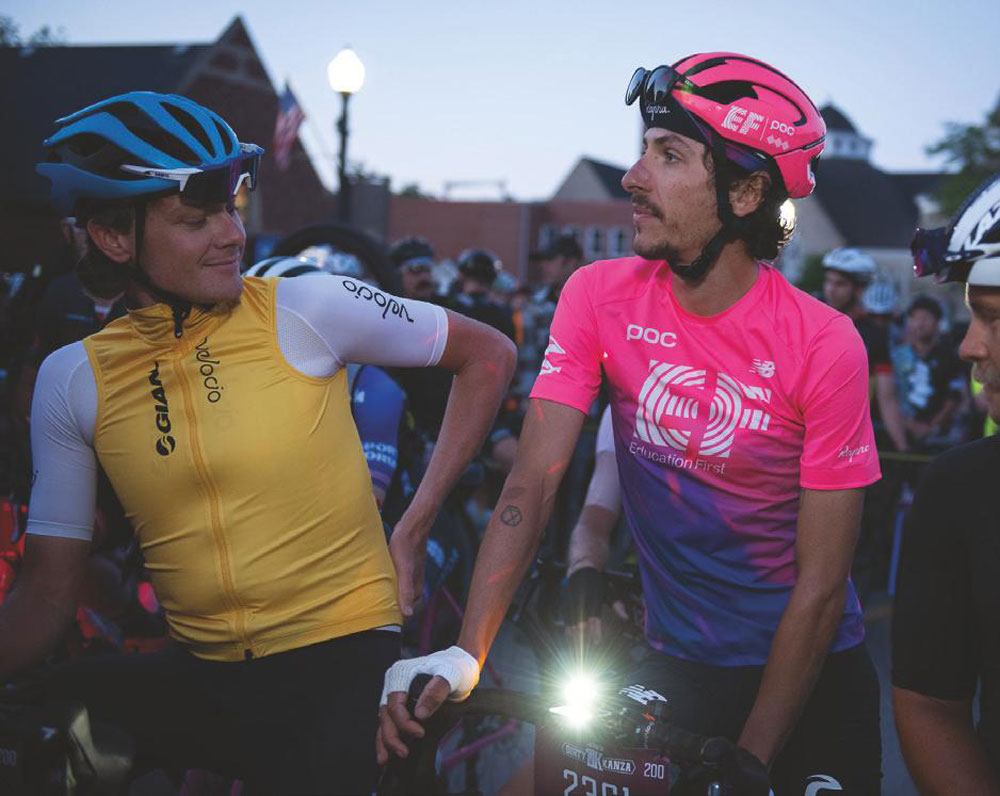
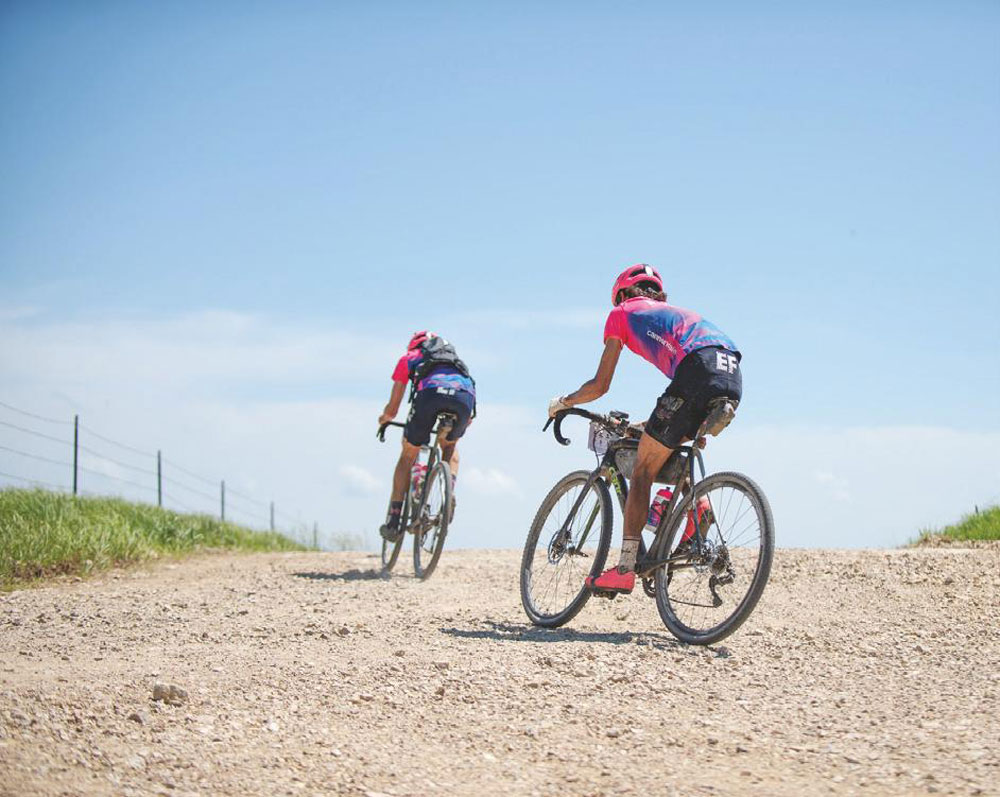
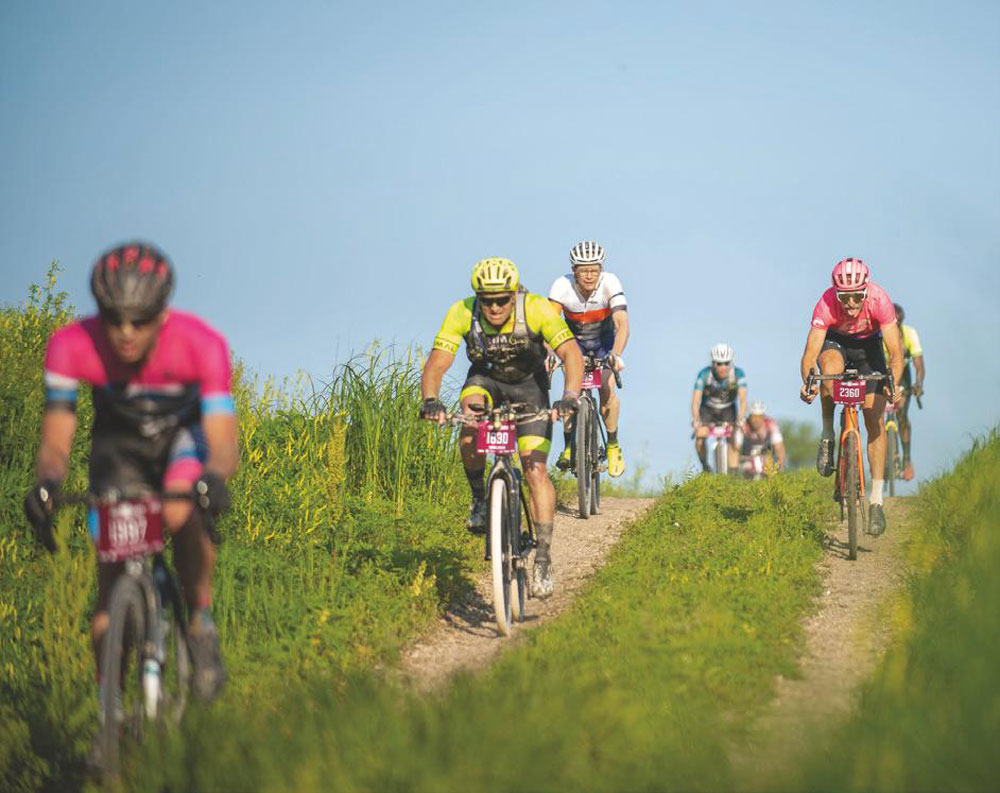
Above: World Tour riders Lachlan Morton, Alex Howes and Taylor Phinney tackle Unbound Gravel, formerly known as the Dirty Kanza. The event is one of the best known gravel events on the calendar, and covers various distances. It is held annually in the Flint Hills region around Emporia, Kansas, United States.
From a cynical point of view it would be easy to look at the choice to race only gravel as a softer, secondary option for U.S. pros who can’t hack it anymore, but Howes believes that it is much more than that.
“Racing the World Tour can get pretty stagnant. I mean, it’s hard at the highest level and it stays that way. You have to go all in, every year for every race and if you aren’t ready you are going to die a thousand deaths. I think that level of pain and suffering can get you in a rut, but I think these guys still want competition and to enjoy racing.
“Is it a viable career path? I think yes, in a lot of ways. I guess it is different for everybody: this is a better option than that classic, ‘I’ll go back and ride for Prime Alliance’ (a US-based professional team – ed) because that doesn’t exist. It’s still competing and it’s still bikes, but (for these guys) it’s a new chapter.”
Back in my world, working inside a professional team, it’s been impossible to miss the increased incorporation of gravel in road races, with events such as the Giro, G.P. Ouest France and Paris Tours adding sectors to spice up their races. But these are still very much professional road races, and are tackled as such.
In October of this year, however, recently retired Italian pro, Filippo Pozzatto, organised the first entirely professional gravel race; the Serenissima Gravel, in Veneto. At only 132km and run on a mild autumn day around a short circuit, it was a far cry from the original U.S. gravel races. The original events often saw unsupported riders face mammoth distances in harsh conditions, which ensured the ethos was as much about personal challenges as it was out and out racing.
The Italian race did seem, however, like a huge step towards the traditional professional cycling world adopting a more amiable stance towards standalone gravel events. One could argue that Pozzatto has seemingly missed a large part of the point by restricting his race to riders with a UCI professional license. Serenissima Gravel was won by Alexey Lutsenko, the strongest rider in the late-season Italian races, which could effectively make the race seem quite a lot like just another race; something that the challenge and diversity of open gravel events tend to avoid.
Shortly before the Serenissima took place, in September 2021, the UCI announced that it would be attempting to put its stamp on the discipline. UCI President, David Lappartient, announced that the UCI would now organise both a gravel World Series and a World Championships, effectively absorbing the discipline as part of its international calendar of events.
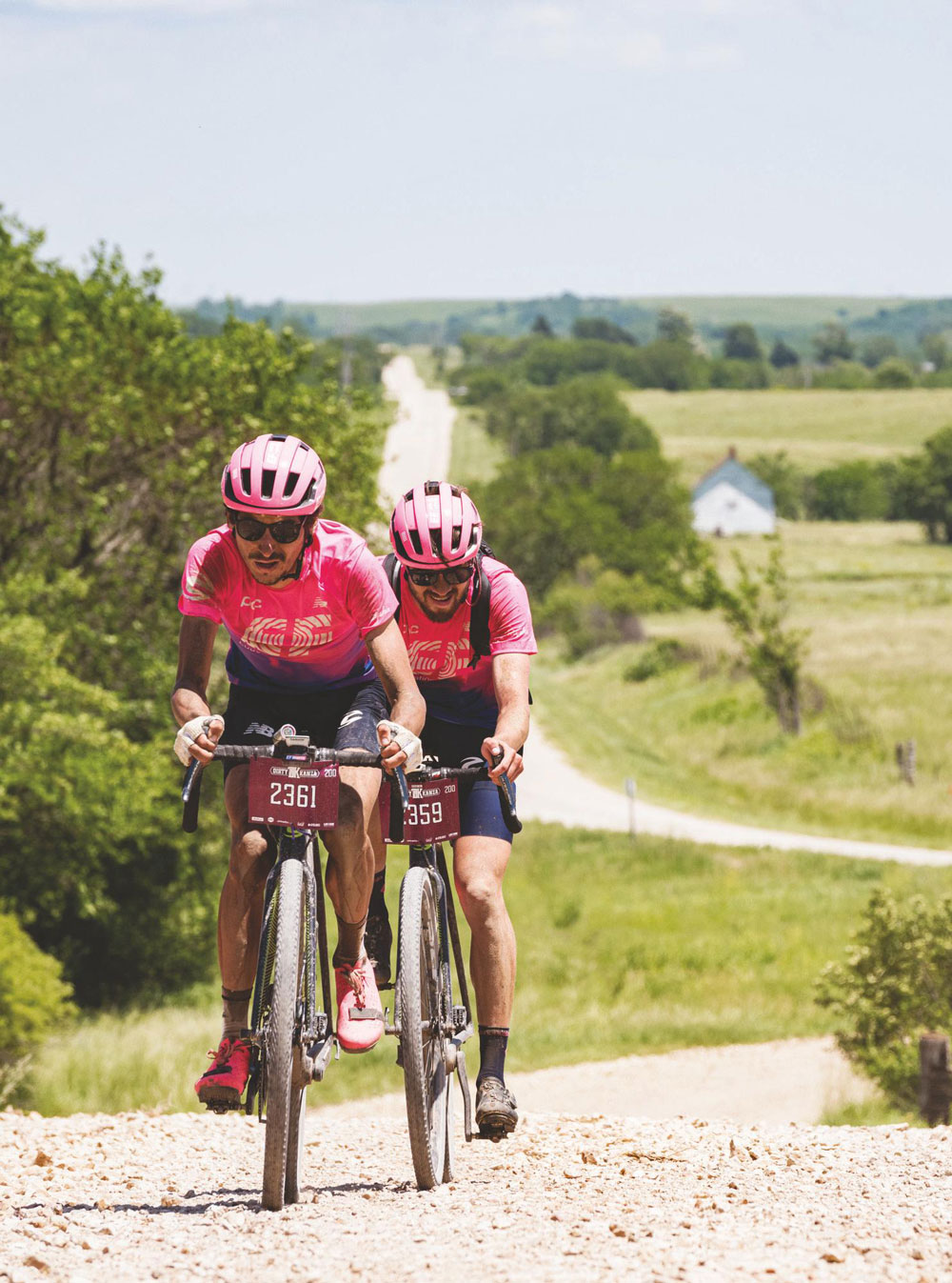
Cyclists with long memories will perhaps remember a similar thing happening with the nascent mountain biking scene, which was also taken from the U.S. and seemingly gobbled up by the UCI. But, in this case, as Howes points out, the UCI’s involvement could make it easier for riders to convince their teams to let them do more alternative events. “I think that World Tour teams are opening up to the idea a bit and your sort of old school Belgian director is going to be a bit more enticed when there is a rainbow jersey there – even if it is a bit of a quote unquote joke. It is still a world championship, right? So I think teams would warm up to that a bit.”
Certainly – according to Howes – the modern day professionals wouldn’t take long to dominate the discipline.
“I mean there is a bit of a different skillset to learn there but one thing I always thought was funny, was that I would go to a gravel race, and go down some descent, and I would be one of the best guys going down a gravel descent and all these guys that have been racing gravel for a number of years were like ‘man, you’re actually pretty good at that.’ And I thought ‘yeah, I’ve been racing bikes at the highest level for a decade. I can drive a bike. [Laughs] We aren’t all 50kg climbers that have no idea how to go downhill.
“I’m not saying any WT pro can just flip-flop between the two and I think that if we get more WT guys doing this gravel stuff we are going to see some pretty gnarly crashes but, that said, there is definitely a lot of guys out there with the skillset to do a lot of good stuff.”
With the increased global interest, the sport surely does risk being taken out of the hands that built it. I’m sure there are many who see that the free-flowing and open sport they have come to enjoy – and which, by not being road racing, then attracted the rest of cycling – becomes dominated by regulations, marginal gains and potentially the very same teams and riders who also star on the road. Depending on who you ask, this would either be a good thing or a very bad one, although those in the first camp currently seem few and far between.
That the UCI wants to introduce its rainbow jersey to a new discipline isn’t all that surprising – the rights to the rainbow bands are the UCI’s trademark and most valuable asset after all. The question does remain though, whether gravel racing will become the new mountain biking, or if it could potentially be just like the Grand Fondo World Series and Championships – events I would challenge anyone to name the winner of.
The key, in my opinion, is that riders who previously would never have dreamed of taking part in these types of events are now enthused to do so, and the sport is healthy and interesting enough that they currently have the opportunity to do so, either as a standalone gravel racer or even just as a little bit on the side. Let’s hope that it stays this way, or thereabouts.

